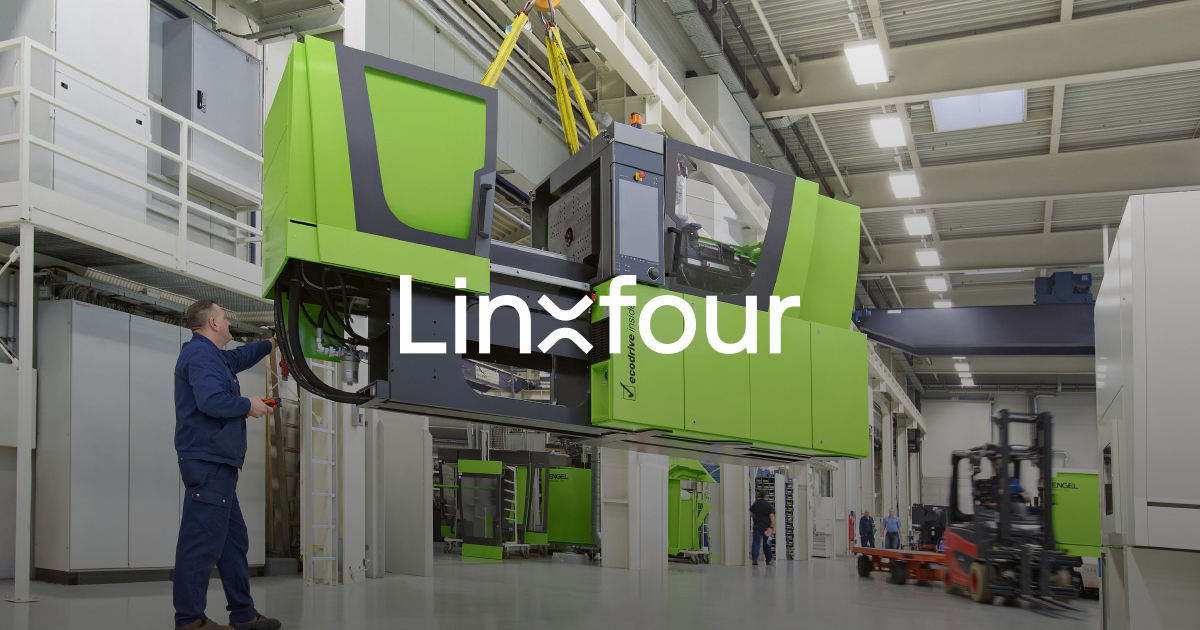In the fast-paced world of manufacturing finance, the concept of Pay-per-Use Equipment Finance is emerging. It is reshaping the traditional models of financing and allowing businesses to have unprecedented flexibility. Linxfour is at the forefront, leveraging Industrial IoT, to bring an entirely new era of financing, which benefits both manufacturers and equipment operators. We explore the intricacies of Pay per Use financing, its effects on sales during difficult times and the way it can transform accounting practices, shifting the focus from CAPEX to OPEX and freeing the balance sheet treatment that is required in accordance with IFRS16.
The Power of Pay-per-Use Financing
Pay-per-use financing is an innovation for manufacturers. Instead of fixed, rigid payments, companies pay on the actual usage of their equipment. Linxfour’s Industrial IoT integrate ensures accurate usage tracking, providing transparency. This helps eliminate the possibility of hidden costs or penalties if equipment is underutilized. This revolutionary approach improves the flexibility of cash flow management, particularly crucial during periods of fluctuating demand for customers and low revenues.
The impact on sales and business Conditions
The overwhelming majority of equipment manufacturers is testament to the value of financing through Pay-per Use. Even in difficult business conditions, 94% of equipment makers believe this approach will improve sales. Affiliating costs with the use of equipment can be appealing to businesses that seek to make the most of their investment. It also allows manufacturers to offer attractive financing to clients.
Accounting Transformation: Moving From CAPEX To OPEX
One of the key differentiators between traditional leasing and Pay-per-Use financing lies in the accounting aspect. Companies undergo a massive change when they shift from capital expenditures (CAPEX), to operating costs (OPEX) through Pay Per Utilization. This has a huge impact on the financial reporting. It offers an accurate picture of the costs that are associated with revenue.
Unlocking Off-Balance Sheet Treatment under IFRS16
The implementation of Pay-per-Use finance can also provide a strategic advantage with regard to off-balance sheet treatment, a critical consideration under the International Financial Reporting Standard 16 (IFRS16). By transforming the equipment financing costs into a liability, firms can take this off their balance sheet. This reduces financial leverage and eases investment obstacles and makes it appealing to businesses looking for an easier and more flexible financial structure. Click here Off balance
Integrating KPIs in the event of Under-Utilization
Pay-per use models, as well as being off the balance sheet can also help improve the performance of key performance indicators (KPIs) including cash flow-free and Total Cost Ownership (TCO) especially when under-utilized. Lease models constructed on the basis of traditional methods may be problematic when equipment is not being utilized as planned. Pay-per use allows companies to avoid paying fixed amounts for assets that are not being used. This helps improve overall performance and financial performance.
Manufacturing Finance The Future of Manufacturing Finance
Innovative financing models such as Pay-per-Use help companies navigate an economy that is constantly changing. They also pave the way to a future that is more adaptable and durable. Linxfour’s Industrial IoT approach benefits not only equipment operators and manufacturers however, it also aligns with the trend of businesses seeking viable and flexible financing solutions.
In conclusion, the integration of Pay-per-Use financing, coupled with the accounting transformation from CAPEX to OPEX and off balance sheet treatment in IFRS16, marks a significant development in manufacturing finance. Companies are aiming for cost-efficiency as well as financial agility. The adoption of this unique financing method is essential to remain ahead of the curve.
